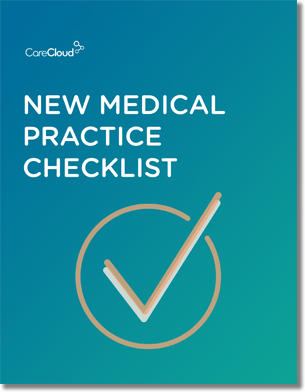It’s a brave new world for mobile apps in healthcare, with new possibilities emerging every day in areas such as patient empowerment and practice portability. Yet, according to Michael Nusbaum, MD, founder of mobile application MedXCom, one of the most beneficial aspects of mobile applications could very well be better communication between doctor and patient.
Nusbaum highlights five ways mobile applications are streamlining patient-doctor communication.
1. Secure messaging. According to Nusbaum, HIPAA-compliant, secure messaging from doctor to patient is possible through certain mobile apps. “[Apps can] improve patients communicating with doctors and doctors communicating with patients, but, at the same time, provide doctors with the valuable information they need about the patient when they need it most,” he said.
2. Appointment requests. Nusbaum said according to recent research, about 85 percent of patients would like to be able to request or schedule an appointment directly from their app. “And the whole system [should be] HIPAA-compliant, so nothing is stored in your phone,” he said. Ideally, he continued, within a certain app, the database should be encrypted and the only way to access appointment requests and more is for the patient to give permission to the doctor.
3. Sharing lab results. An efficient app should enable a doctor to get and then share lab results with a patient. “So if you go to a lab, and information is pushed to me, I can review it on my smartphone, and I don’t have to be in my office,” said Nusbaum. “This makes it easy because I can do it wherever I am and whenever I have free time.” If a doctor receives blood work, for example, he/she can review it on the app and then push the information to a patient portal or a smartphone. “And then they can say everything looks good, and let’s check it again in six months,” he added. “It makes it easier for the patient and the doctor.”
4. Documenting personal health information. “The idea here is to reduce mistakes,” said Nusbaum. Certain apps, he said, allow patients to scan information from their drivers’ license or insurance card, without either “ever leaving his or her hands,” he said. “This way, each time you go into the office, you don’t have to keep filling out the same forms. [The app] should also have a place for insurance info as part of a patient health profile.”
5. Voice communication. Recording conversations between a doctor and patient can come in handy during what Nusbaum calls “bad news deafness.” He explained, “Whenever a patient hears something they’re not happy with…[he/she] tends to blank out and they don’t listen to anything the doctor says.” Available apps now allow doctors to record conversations with patients, and then send the recording to them. “Systems can also transcribe conversations,” said Nusbaum. “This is important because a lot of the time, doctors will give instructions to patients, and it’s too much.” For example, if a patient receives instructions for wound care, the doctor can forward all steps involved to their app or patient portal. “It goes over [what the doctor] told you so that it reinforces the instructions,” he said. “That’s unique.”
Michelle McNickle, web content producer at MedTech Media, is a frequent contributor to PhysBizTech, an online publication covering business and technology issues for small physician practices.

Do you know what you need when setting up a new medical practice?



